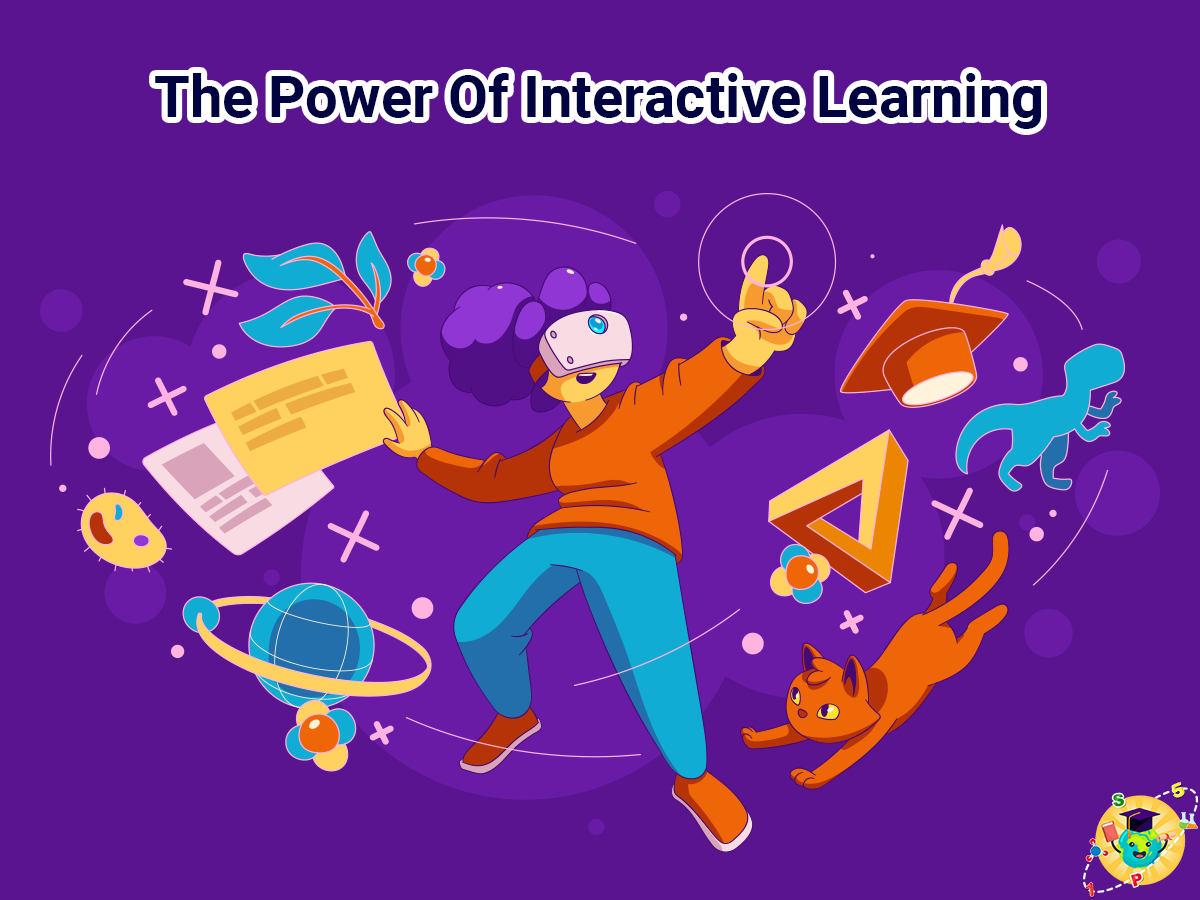The power of interactive learning
By~ Scholar Planet
Created At: 24 Apr, 2023

Interactive learning and
traditional learning are two different approaches to education. Traditional
learning is the method of imparting knowledge to students through lectures,
textbooks and other materials. On the other hand, interactive learning is a
more dynamic approach to education that emphasizes participation and engagement
between the teacher and students.
Research consistently finds
that interactive methods correlate with positive student outcomes, such as higher
rates of attention, interest in subject matter and satisfaction (Bligh,
2000; Burrowes, 2003; Sivan et al., 2000).
"Interactive
learning can help bridge the gap between theory and practice. Students learn by
doing, by engaging in active learning and applying knowledge in real-world
situations" - Dr. Ann
E. Barron, Professor of Education and Psychology at the University of
California, Berkeley.
In this article, we will discuss
the power of interactive learning as opposed to traditional learning.
Firstly, interactive learning
engages students more actively than traditional learning. Instead of simply
listening to a lecture, students are encouraged to participate in discussions,
ask questions and collaborate with their peers. This approach to learning fosters
a deeper understanding in students.
Secondly, interactive learning is
more student-centred than traditional learning. In traditional learning, the
teacher is the primary source of knowledge and students are expected to absorb
the information they are given. In interactive learning, students are empowered
to take charge of their own learning and are given the tools and resources to
do so.
Thirdly, interactive learning
fosters critical thinking skills in students by encouraging students to ask
questions and participate in discussions. This allows students to analyse
information and draw their own conclusions, which is a valuable skill both in
academic and real-life contexts.
Fourthly, interactive learning
promotes teamwork among students. In traditional learning, students are often
encouraged to work independently, which can be isolating and does not prepare
them for real-life situations where teamwork is essential. Interactive
learning, on the other hand, provides opportunities for students to work together
on projects and assignments, which helps them develop important social and
communication skills.
Hence, interactive learning is a
powerful approach to education that can provide many benefits over traditional
learning. By engaging students actively, fostering critical thinking skills,
promoting teamwork and making learning more engaging and enjoyable, interactive
learning provides a more holistic and effective way to learn. As technology
continues to advance, interactive learning will undoubtedly become even more
prevalent and it will be exciting to see how it evolves in the coming years.
We at Scholar Planet use
interactive learning to engage children in the learning process. Our app makes
use of various interactive elements such as games, quizzes and other
interactive activities to help children learn in a fun and engaging way. The
app also provides instant feedback and progress reports, which helps parents
track the child’s progress. Overall, our use of interactive learning techniques
makes it a valuable tool for children who are looking to improve their academic
skills in an engaging and enjoyable way.
Download our app here:
